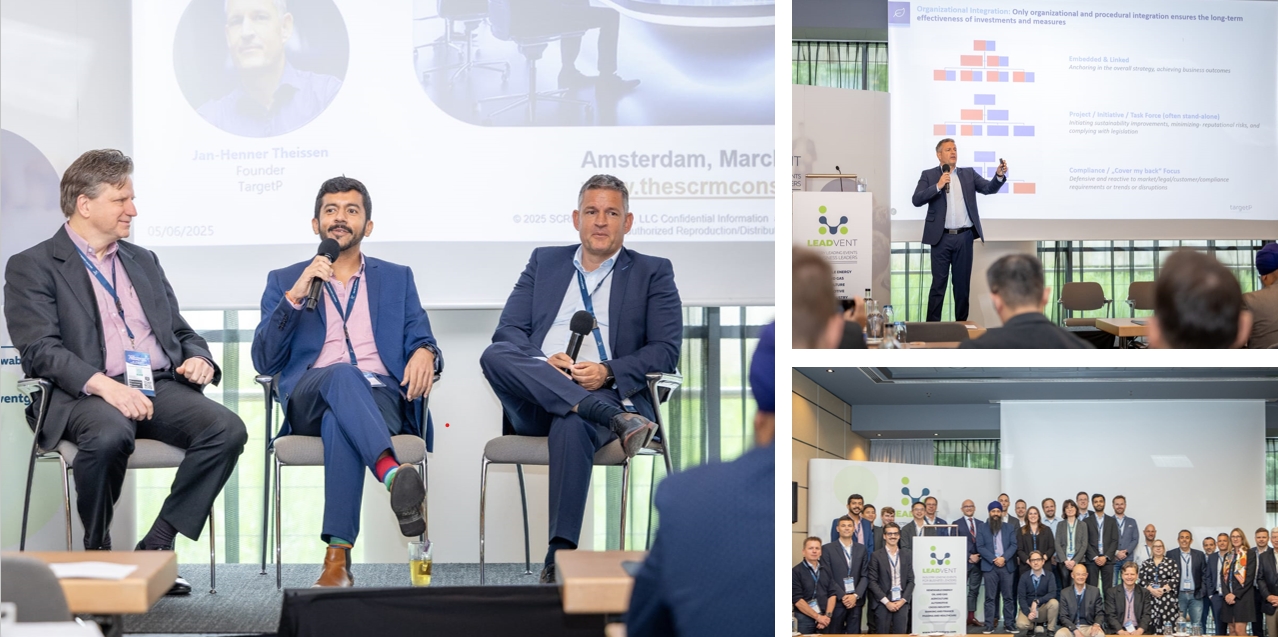Die Zukunft der Beschaffung – das Treffen der Einkaufsprofis in Berlin Am 19.6.2025 haben wir die Premiere von „Procurement of Tomorrow“ gefeiert. Facturee und Mercanis hatten in die Osram-Höfe eingeladen und durften wichtige Entscheider aus Berlin und Brandenburg begrüßen. Ein neues Format für Einkäufer:innen in Berlin. Und die Erstausgabe war top. 🔍 Keynotes, Diskussionen und Austausch… Continue reading Die Zukunft der Beschaffung
Die Zukunft der Beschaffung









